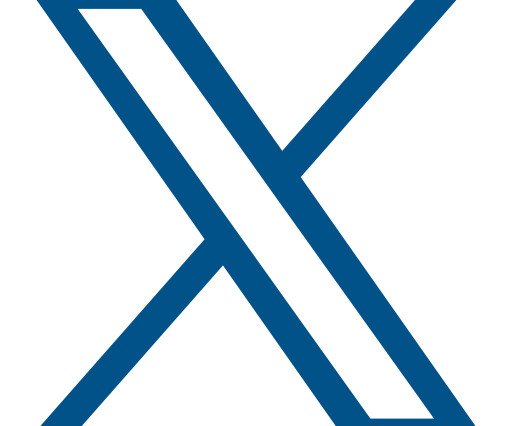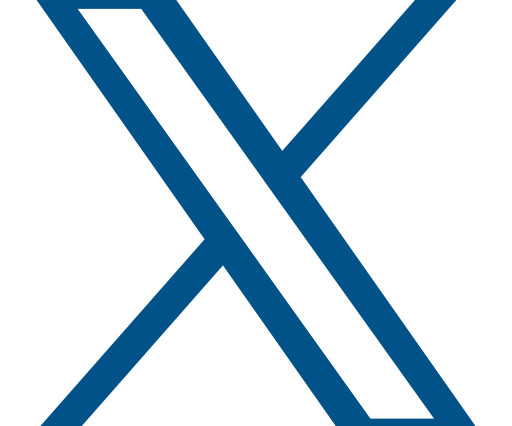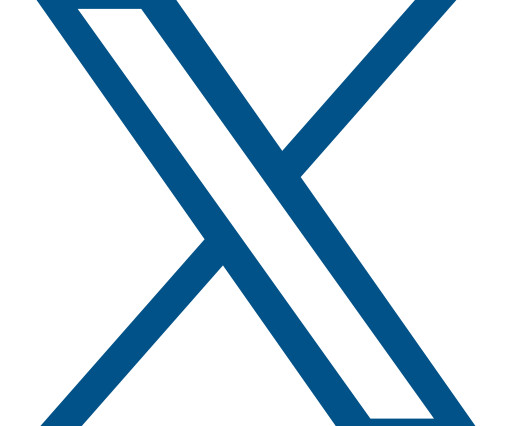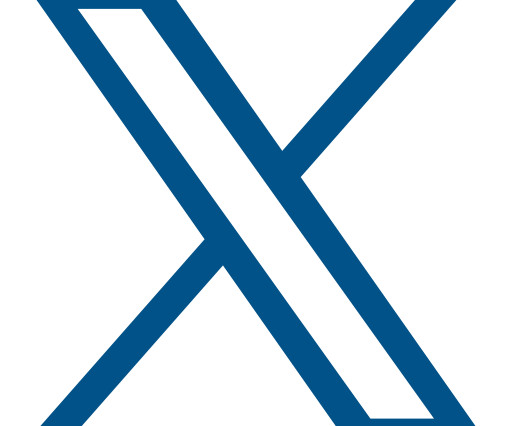UK enacts law to decentralise manufacture of personalised treatments
Pharmaceutical Technology
JULY 23, 2025
Decentralising manufacturing has previously been seen as an “up-and-coming development” in the cell and gene therapy sector due to high costs associated with setting up these processes. Cell & Gene Therapy coverage on Pharmaceutical Technology is supported by Cytiva. Give your business an edge with our leading industry insights.































Let's personalize your content